In this article we’re going to cover how muscles work. Understanding the structure of muscles and how they work is important because if you know a little bit about this, it can help you better understand The MMA Training Bible’s approach to building explosive strength and power, and it can help you cut through a lot of misinformation surrounding various training strategies that are out there. In short, this is foundational information that will help you become a better MMA fighter, trainer, or coach.
Learning objectives
Understand the complexity of muscles and how they contract.
- Understand different muscle fiber types and their properties.
- Be familiar with the factors that influence strength and power development.
- Identify the different training adaptations that can result from well-designed MMA resistance training programs.
Muscle Structure and Function
Muscles are complex and, in some ways, not unlike a Russian doll. When you look inside the big structure, there is a smaller one, and a smaller one, and a smaller one, and a smaller one, as shown in the figure below.
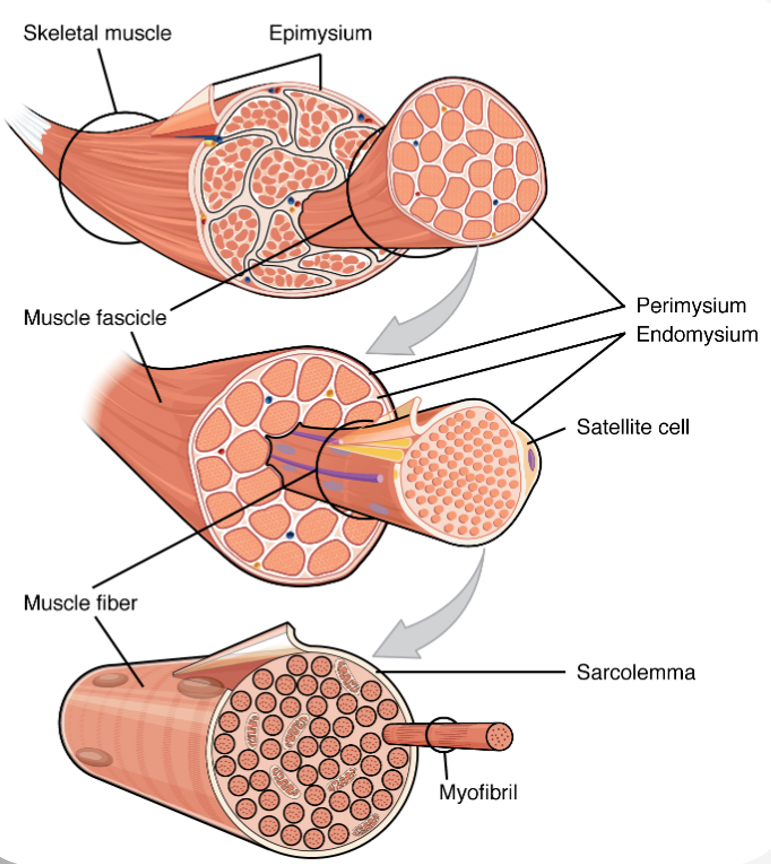
Fig 1. Structure of muscle (Openstax.org)
Ass you can see, muscles, like your biceps, are made up of Muscle fascicles, which are made up of Muscle fibers (each about the size of a human hair size), which are made up of Myofibrils, which are made up of Myofilaments (thick Filament called Myosin; thin filament called actin). These myofilaments are anchored to the muscle cell wall by structural proteins called Z-Discs and Titin. They are arranged in a sarcomere (the smallest contractile unit).
This can all be a bit heady, so I’d like to show you an animation by the Pasteur Institute that illustrates well what these structures actually look like, and it also begins to show how they work. Check it out below:
So I hope that video gives you a better understanding of what we’re taking about here. Now I want to go into a bit more detail about how muscles actually contract, because it informs our understanding of how muscles fatigue, which provides clues about how we might train them to be more fatigue resistant in sports like MMA.
The picture below highlights the smallest unit of contraction in the human body i.e. the sarcomere. The figure on the right provides more detail about how that contraction happens.
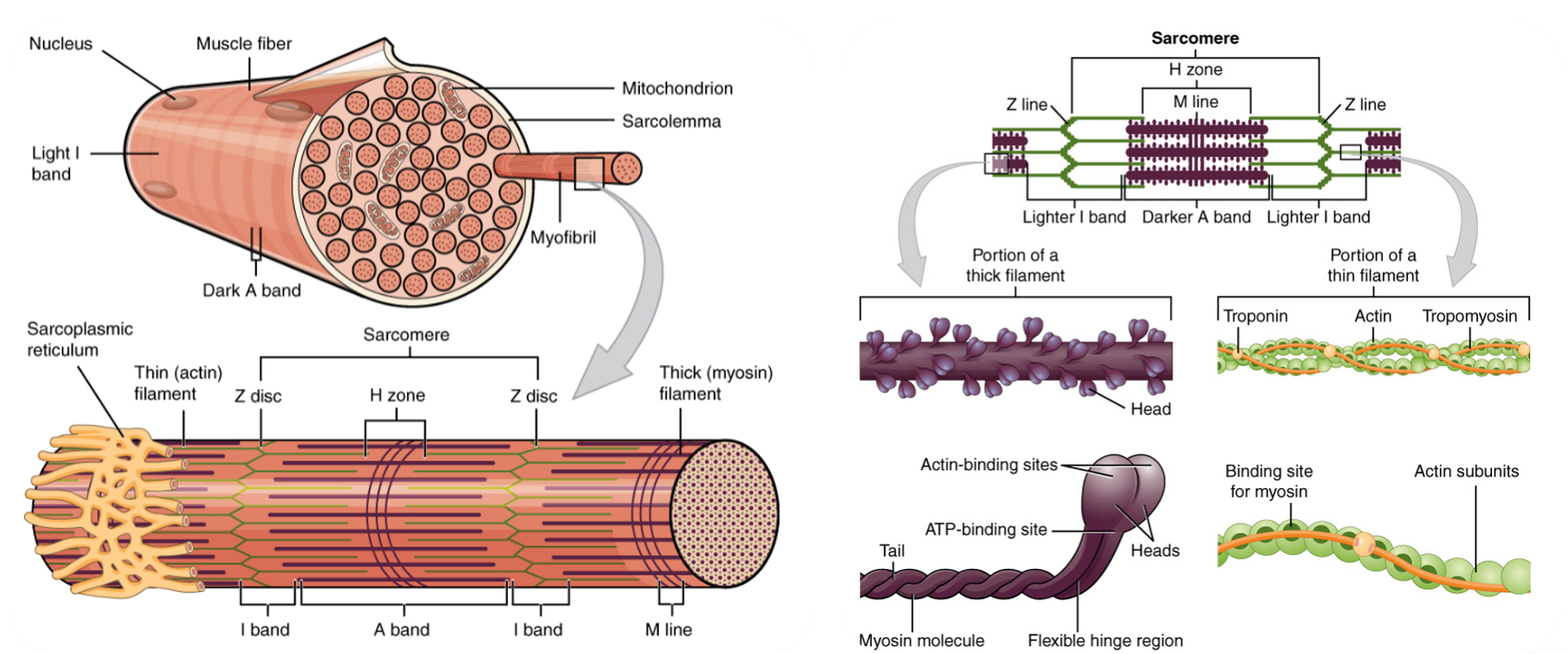
Fig. 2. Structure of muscle – microfilaments (Openstax.org)
Specifically, you can see that myosin, the thick purple filament, has thick globular heads that have a high affinity for the thin filament (actin). But two protein structures (tropomyosin and troponin) block myosin from attaching. It takes calcium binding to troponin to cause a change in the shape of the entire protein structure, which then frees up a space for myosin to attach. ATP causes a rotation of the myosin head which acts to pull on actin and shorten the entire sarcomere. This is essentially muscle contraction.
I want to show you two animations from human kinetics to help you better visualize the process. Check out this animation of excitation-contraction coupling and what physical shortening looks like in this animation.
The last thing I wanted to do in this section is introduce you to the three different types of muscle contraction. The first is concentric muscle contraction. This is when the contractile force generated by the muscle is greater than the resistive force. This causes your muscle to shorten. Think of when you’re trying to apply an armbar to an opponent’s outstretched arm and they are stronger and have better technique. They generate enough strength by contracting their biceps muscle to keep their elbow joint out of danger. The second type of contraction is called an isometric contraction. This is when there is no change in muscle length, but force is being generated. Think about when somebody has you in an armbar, elbow extended, you’re pulling and there are pulling. Your force generation cancels out their force generation, so there is no net movement. Your elbow joint is safe for the time being. The last type of contraction is called an eccentric contraction. That is when the contractile force in your muscle is less than the resistive force. This causes your muscle to lengthen. This is what we’re seeing in the image below. Using two hands I was able to apply a greater resistive force to my opponents elbow joint than he was able to generate with the contractile force of his biceps. This is obviously dangerous and can lead to damaged muscle and connective tissue – that didn’t happen in this case, he was just fine (maybe a bit sore).
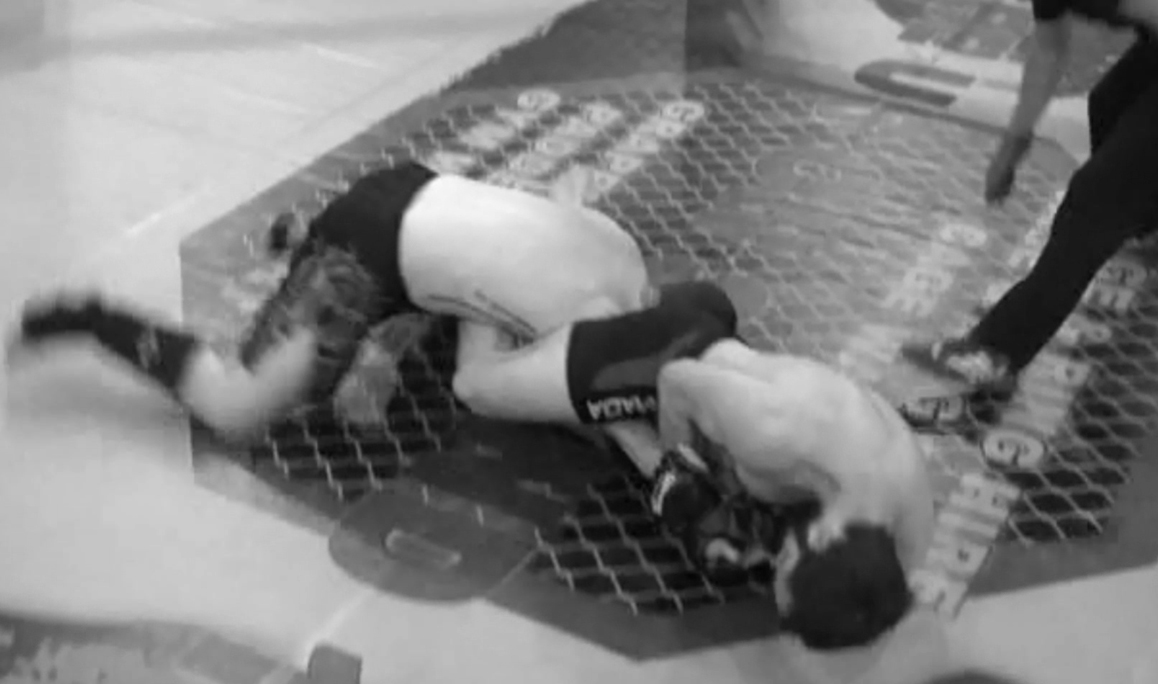
Fig 3. Examples of eccentric contraction in an armbar – check out the full fight here.
This example also illustrates that an MMA fighter needs to develop not just concentric strength, but isometric and eccentric strength, both to buy more time during submissions and possibly prevent injuries. We’ll talk more about training strategies to achieve this later.
Muscle Fibers
Now lets turn our attention to muscle fibers. There are two broad categories you need to know about. You have slow twitch fibers (Type 1) and fast twitch fiber (Type 2). Slow twitch fibers take longer to generate peak tension, meaning they are less powerful. They make up about 50 % of fibers in the average muscle. In a photomicrograph of stained muscle, they show up as dark – you can see in this image below.
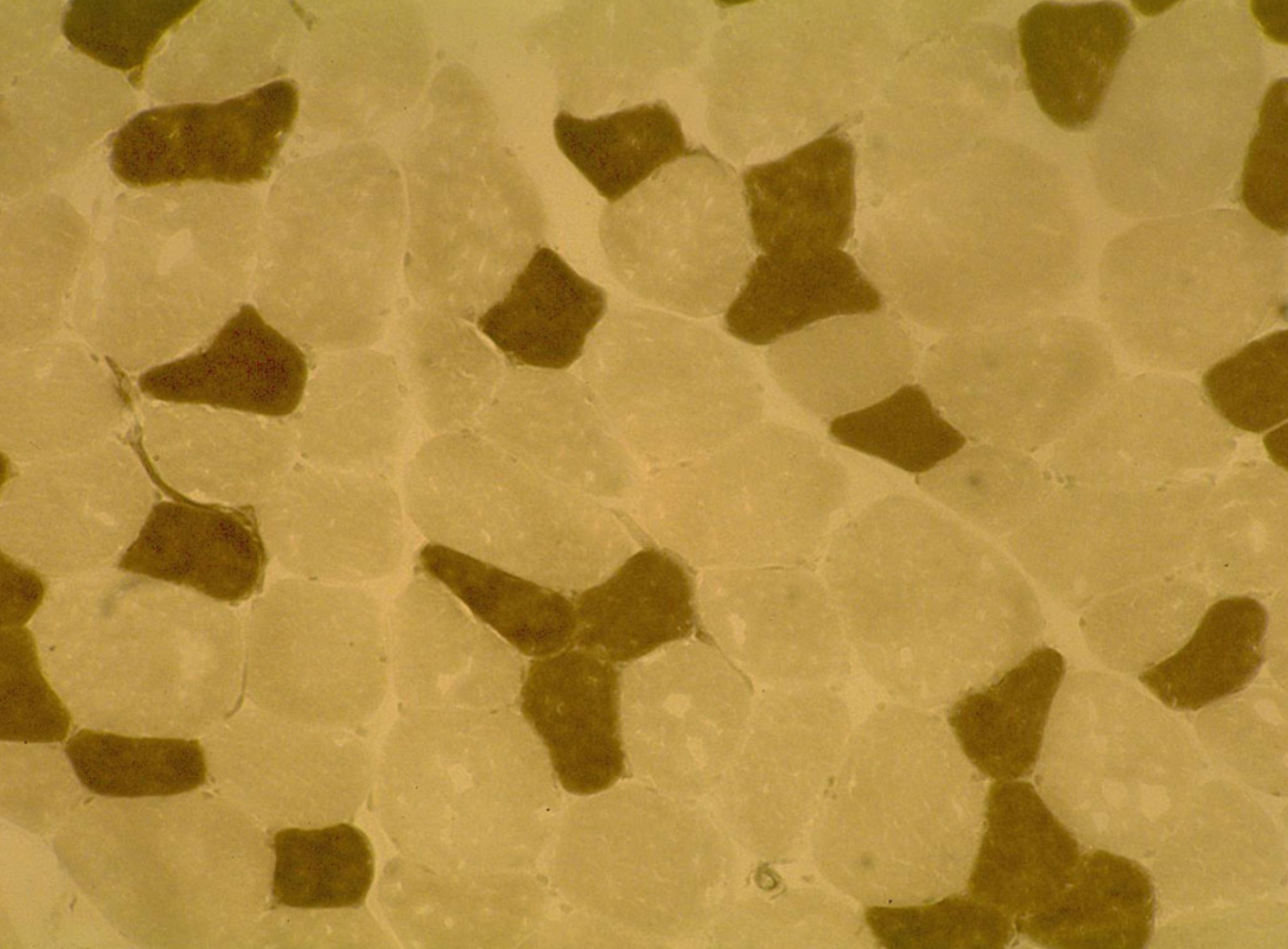
Fig 4. Photomicrograph of fast (light) and slow (dark) twitch muscle fibers.
Fast twitch fibers on the other hand reach peak tension much more quickly, meaning they can generate much more power. There are many different sub-types of fast twitch fibers, but for our purposes we’ll talk about Type IIa, which show up as almost white in the figure on the left, and Type IIx, which show up as an intermediary grey. Together these fibers make up about half of the remainder of muscle tissue in an average muscle.
Let’s go into a bit more detail on Type I fibers. Although they don’t generate as much power, they are associated with aerobic endurance, which is very important in MMA. They allow you to maintain moderate exercise intensities for prolonged periods, and provide important support to the repeated high intensity efforts that characterize MMA. They are rich in blood supply and have a lot of mitochondria which produce energy in the form of ATP from oxygen, derived from the breakdown of fat and carbohydrates.
Type II muscle fibers are associated with power, but they fatigue quickly and are not associated with aerobic endurance. They dominate the high intensity efforts in MMA. ATP is produced without oxygen (anaerobically). In general, Type IIa fibers produce more force and power than Type 1, but they fatigue faster. Type IIx fibers are the most powerful and dominate short, explosive movements in the cage like take-down attempts and powerful striking combinations. So, you can see that you really need a combination of well-developed Type I and Type II muscle fibers to be successful in MMA, and that’s where we focus our training programs.
It’s important to understand that a training program can only do so much to develop specific fiber types. This is because each person has a genetically determined ratio of Type 1 to Type 2 muscle fibers. This ratio holds in both their upper and lower body muscles. So, genetically, some people like Brock Lesnar have a predominance of Type 2 fibers. It doesn’t matter how much training other heavyweights like Alexadner Volkov do, they’re muscles will never perform like Lesnars. And Lesnar’s won’t perform like Volkov’s.
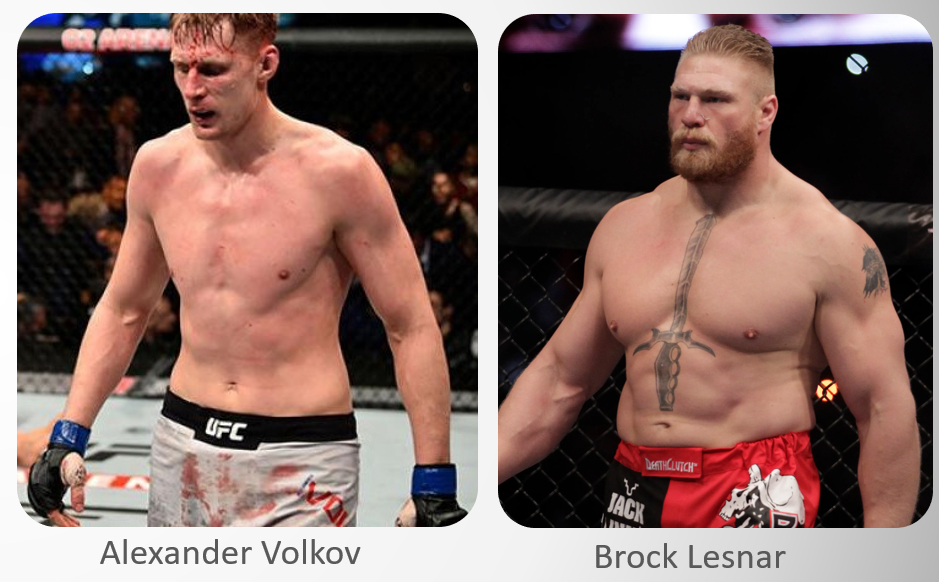
Fig. 5. Alexander Volkov and Brock Lesnar [Photo by Brandon Magnus/Zuffa LLC/Zuffa LLC via Getty Images]
Each fighter should use what they have to their advantage. But I hope you appreciate this trade-off between power and endurance. And just to head-off any questions, it’s not clear to me that one is better than the other in the sport of MMA. But if I had to choose, I’d go with a predominance of slow-twitch as I believe MMA is dominated by aerobic energy systems, and a high level of aerobic endurance is needed to sustain the repeated high intensity efforts that characterize MMA. Last point I wanted to make here is that ratios can differ even within one person. For example, your soleus (the muscle under your calf) has a predominance of Type I fibers in most people.
So, to close out this section on muscle fiber type, a fighter’s fiber ratio is not the sole predictor of success. Other factors are important like cardiorespiratory function. If you don’t have cardio, you’ll likely lose. Motivation is critical. If you don’t have a good reason to fight, you’ll likely give up at the first sign of adversity (that’s why our goal setting course is so important). Your training habits are also important. Training with too much volume and intensity can lead to over-training and burn-out, while not enough can lead to under-training. The MMA Training Bible applies periodization theory to optimize your adaptation to training. And regarding lifestyle, John Wooden, one of the winningest basketball coaches in college history said that you can teardown more in between practice than you can possibly build up during practice. The importance of MMA Skills in success goes without saying, as does strategy. The MMA Training Bible can’t help you in either area – you must find a good team and coach – but we can help you with your fitness, which is a big part of the battle.
Factors influencing Strength & Power
Let’s now turn our attention to factors that influence strength and power development, then we’ll cover some of the adaptations we can bring about in factors with training.
As you now know, muscle fiber type can influence strength and power in the ways we described in the previous section, so we’ll not delve deeper now. I’ll just summarize by saying that muscle fiber type can influence muscular endurance, strength & power, all of which are important in MMA.
Another factor that influences strength and power is muscle cross-sectional area. This simply refers to the girth of your muscle. Big muscles can generate more force (and power) than smaller muscles. Check out the image below which shows a cross-section of the quadriceps of a 74-year-old sedentary male, alongside those of a 40-year-old triathlete and a 70-year-old triathlete.
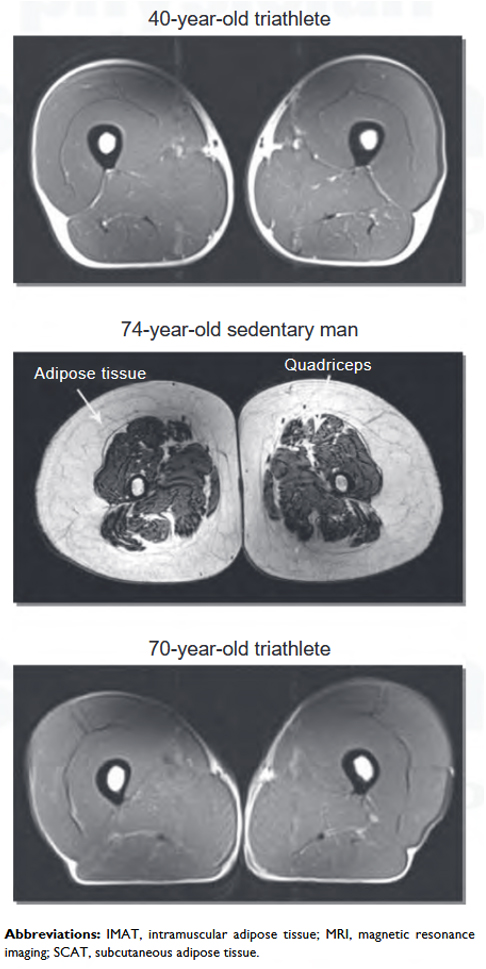
Fig 6. Image from: Wroblewski et al., (2011). Chronic exercise preserves lean muscle mass in masters athletes. The Physician and Sports Medicine. 39(3):172-78.
Notice the white boarder in the middle image– that is sub-cutaneous fat, the dark section is muscle, and you can also see a small white femur bone at the centre. Contrast this middle image with the image above and below of the 74-year-old and 40-year-old triathletes. Notice the thin white layer of sub-cutaneous fat, the large dark section of muscle, and the larger femur bone. It’s important to mention that although big muscles can generate more force and power, they also increase your body mass, which affects the weight-class a fighter competes in. We here at the MMA training bible focus on resistance training methods that increase strength and power while minimizing muscular size (hypertrophy), to give fighters every advantage possible.
Another factor that influences strength and power is called motor unit recruitment. This refers to how neurons interact with muscles to generate force. The motor unit refers to the neuron and all the muscle fibers it innervates. Check out the image below for an amazing picture of how neurons interact with muscles.
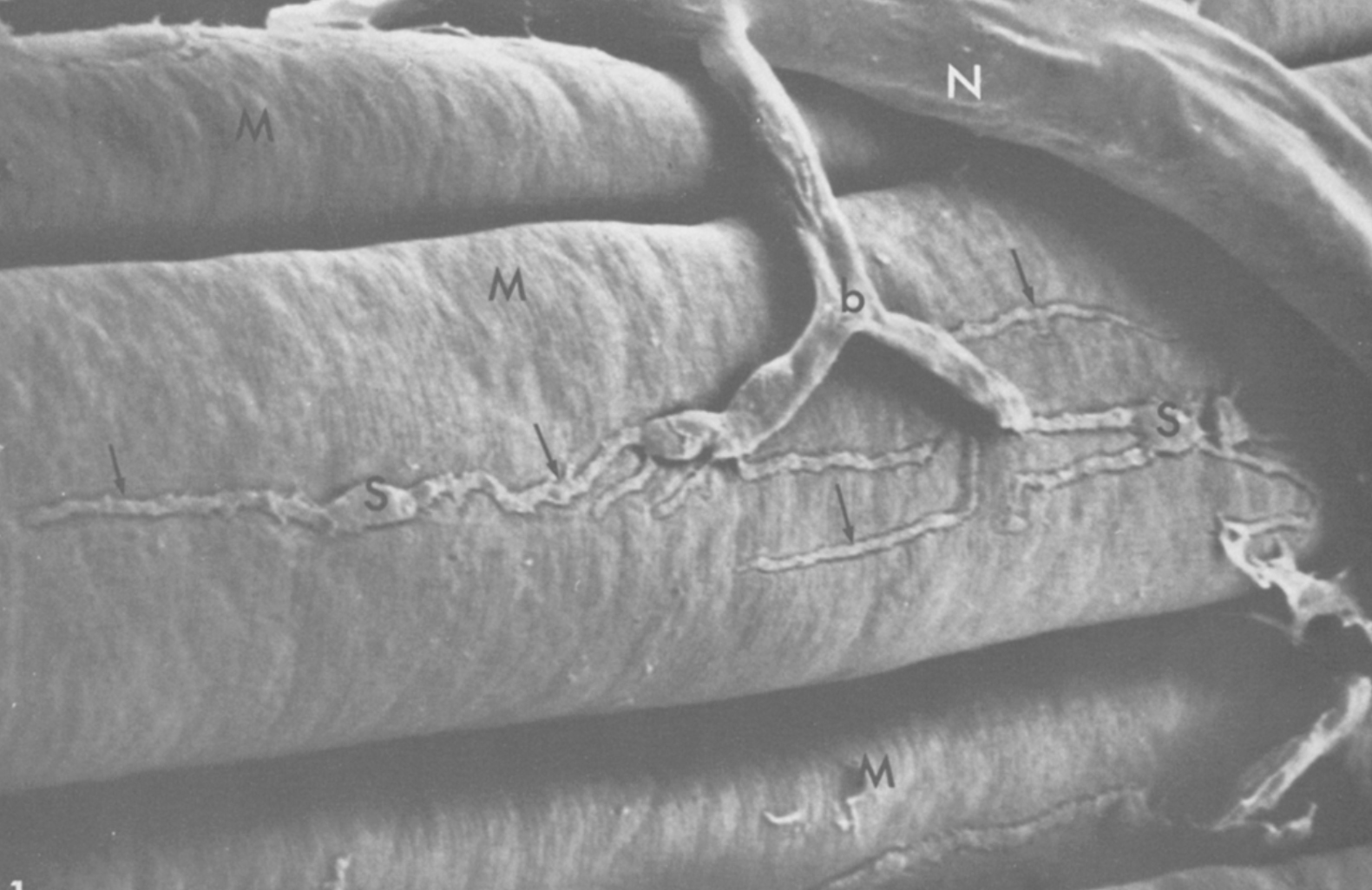
Fig 7. In this figure you’ll see a surface view of the neuromuscular junction in the sartorius muscle of the frog. The side branch (b) of motor nerve (N) abruptly narrows into thin nerve endings (arrows) running along the muscle fibre (M). This figure was obtained from the work of Desaki & Uehara (1981)
Basically, the more motor units that you engage during a particular effort, the greater the force. Similarly, some neurons interact with more muscle fibers and they generate more force. Bigger motor units are found in bigger muscle groups, like your quads, while smaller motor units are found in places like your hands, where we need more precise control. Finally, neurons that fire faster can generate greater levels of force. Motor unit recruitment is trainable, and it represents a pathway to increasing strength and power without increasing body mass, so we incorporate this type of training methodology into our resistance training programs.
The angle of pennation is another factor that influences strength and power. It refers to the angle between the muscle fibers and an imaginary line between the origin and insertion of the muscle. It basically identifies the number of muscle fibers packed into a muscle, and their arrangement. Basically, the more muscle fibers packed in a muscle, the greater the force that can be generated. A good example here is the soleus muscle (shown in the image below), in which the angle of pennation makes it one of the strongest muscles in the body.
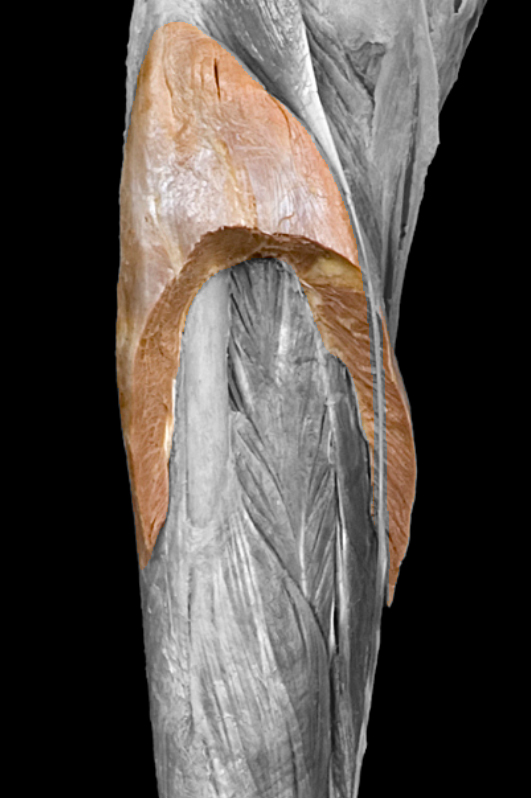
Fig. 8. Dissection of lower leg explosion soleus muscle. Zoom in on the image here to see the angle of the muscle fibers, which make the soleus very strong.
The length of your muscle can determine the amount of force that can be generated. Basically, when it’s stretched out there is minimal interaction between myosin and actin in the sarcomere, so force generation will be minimal. This, which is shown in the bottom of the figure shown below, explains why you should either escape immediately or tap as soon as you feel your arm getting stretched out in an arm-bar – you simply won’t have the force to overpower many people. You can generate the most force when the maximal number of crossbridge sites are available between myosin and actin.
Your joint angle can also influence force generation. As your joint moves, the distance between the tendon (which the muscle pulls on), and the joint axis of rotation changes. The bigger this distance, the more force can be generated. Think of your elbow performing biceps curls. The distance between your biceps tendon and your elbow changes as you move the weight from the bottom of the motion to the top. The biggest distance is when you’re holding the weight at 90 degrees, and that’s whey you’re the strongest. This factor is always changing and hard to pin down – biomechanists love figuring this sort of thing out.
Muscle contraction type and velocity also influence force production. Your muscles generate the most force during eccentric contractions, perhaps because more force is required to rip cross-bridges apart as the muscle lengthens against resistance (again, kind of like when you’re fighting that arm-bar). Isometric contractions generate the next greatest force, followed by concentric contractions. In fact, the faster your muscle moves during a shortening concentric contraction, the less force it can generate, perhaps because there is less time for complete cross-bridge formation.
Your strength-to-mass ratio also influences force generation and your ability to accelerate your body. Smaller individuals generally can move faster than larger individuals, and they have a higher strength-to-mass ratio. This factor is well controlled in weight-category sports like MMA.
You may not have heard of the stretch-shortening-cycle, but you may have heard of plyometric training, which takes advantage of it to increase power production. Essentially, when you rapidly stretch a muscle, you activate a sensor organ within that muscle called a muscle spindle. This then activates a sensory neuron which travels to the spinal cord, in-turn activating a motor unit that increases activity in the muscle that was just stretched, thereby increasing power output. Practically speaking, plyometric training involves a rapid pre-stretch, like jumping into a quarter squat position shown in the image, then immediately jumping again.
Adaptations to strength and Power training
Now that you have a good understanding of the factors that influence strength and power, let’s have a look at the types of adaptations The MMA Training Bible tries to bring about with our resistance training programs.
Your body strives for efficiency, and this is mainly achieved through neural adaptations. When you perform a new movement, whether it’s an Olympic lift or an MMA-specific skill, your primary motor cortex refines motor patterns that control which muscles work and which muscles relax. The more times you perform the movement, the more efficient these motor patters become. This is why the MMA Training Bible encourages movement patterns that relate to MMA – it encourages relevant central nervous system adaptations.
We talked about motor units already. With the appropriate type of training, you can increase the number of agonist motor units that fire during certain movements and decrease antagonistic motor units that work against the movement. For example, when you first perform a biceps curl, your biceps muscles are the agonist movers that do the work, but your antagonist muscles, in this case your triceps, also engage for stability. This reduces the efficiency of movement. The more times you do biceps curls, the more your biceps fully engage and the less your triceps engage.
There are also adaptations in the space between your muscle fibers and the neuron – specifically, there is an increase in the number of receptors for the neurotransmitter acetylcholine, which, if you remember, can lead to more rapid generation of action potentials and excitation-contraction coupling. This increases the rate of force development. Finally, you can also improve your reactive ability with plyometric training, which targets neuromuscular reflexes.
The right training program will also increase protein synthesis which causes your muscle fibers to grow. This is called hypertrophy and it increases the muscle cross sectional area and of course force production. This is unavoidable with training. But certain training methods can encourage a greater degree of muscular hypertrophy, which should be avoided in sports like MMA. Again, we here at the MMA Training Bible implement training methods that maximize strength and power while minimizing hypertrophy.
Training may also cause some intermediary fibers to behave more like type 1 or type 2 muscle fibers. There are a lot of structural changes that occur in the muscle with training, including an increase in the density of the sarcoplasmic reticulum which stores calcium, increases in t-tubule density which increases action potential propagation, and increased pennation angle due to more muscle fibers stuffed inside a muscle belly. Training can also increase your tolerance to acidic conditions, increase muscle ATP, increase the size of the creatine phosphate pool, increase muscle glycogen, and increase the strength of connective tissue and bone strength.
There are also a lot of important changes that happen to your bones and connective tissue, which is pretty important in contact sports like MMA. For example, with appropriate training you’ll see increases in bone mineral density and the load bearing capacity of bone, and an associated increase in the strength of tendons, ligaments, and fascia. There is also a good amount of research showing that specific types of resistance training can alter the release of various anabolic hormones like Testosterone, human growth hormone and Insulin-like growth factor, along with catecholamines like epinephrine, norepinephrine, and catabolic hormones like cortisol. There’s also an upregulation of anabolic hormone receptors, which allow the hormone to do its work. We’ll talk more about how to achieve this in training later.
The last thing I wanted to mention in this section is that the training adaptations you experience are specific to the intensity, volume and rest intervals that you train with. For example, if you engage in long-slow aerobic endurance training you’ll see ↑ Type I fibers, ↑ aerobic endurance, ↓ force & power. If you engage in hypertrophy training, you’ll see an ↑protein synthesis = ↑muscle size = ↑ force & power. If you engage in strength training, you’ll see an ↑ Type II fibers = ↑ force & power, ↓ endurance. If you engage in power training, you’ll see an ↑ Type II = ↑ force & power, ↓ aerobic endurance, and an ↑ neural efficiency. Luckily you don’t need to worry about this because our training programs are designed to meet the demands of the sport of MMA, so stick with us and you’ll be fine.
We have a lot of articles to help you design an all-around training program, but if you’re looking for help, consider The MMA Training Bible’s Peak Performance guide, which removes a lot of the guesswork. We’ll take you through the step-by-step process to create your own plan, and we’ll provide guidance on everything from organizing your fight calendar to programming recovery workouts.
Summary
- Muscles are complex like a Russian doll. The smallest contractile unit is the sarcomere which shortens when myosin pulls on actin. ATP powers contraction.
- There are 3 types of contractions: concentric, eccentric and isometric. They’re all important for MMA.
- Type I fibers: ↑ endurance, ↓ force & power
- Type II fibers = ↑ force & power, ↓ endurance
- Your slow:fast twitch ratio is genetically determined, but trainable.
- Many factors influence strength & power, most are trainable.
- Training adaptations are specific to your training program, but as I said before, you don’t need to worry about this because our training programs are designed to meet the demands of MMA, so if you follow our recommendations, you’ll develop sufficient muscular endurance, muscular strength, muscular power, anaerobic endurance, and most importantly, aerobic endurance.
Ok, that was a lot to digest so let’s leave it there – if you have any questions post a comment below.
Take care,
Dr. Gillis

Leave a Reply